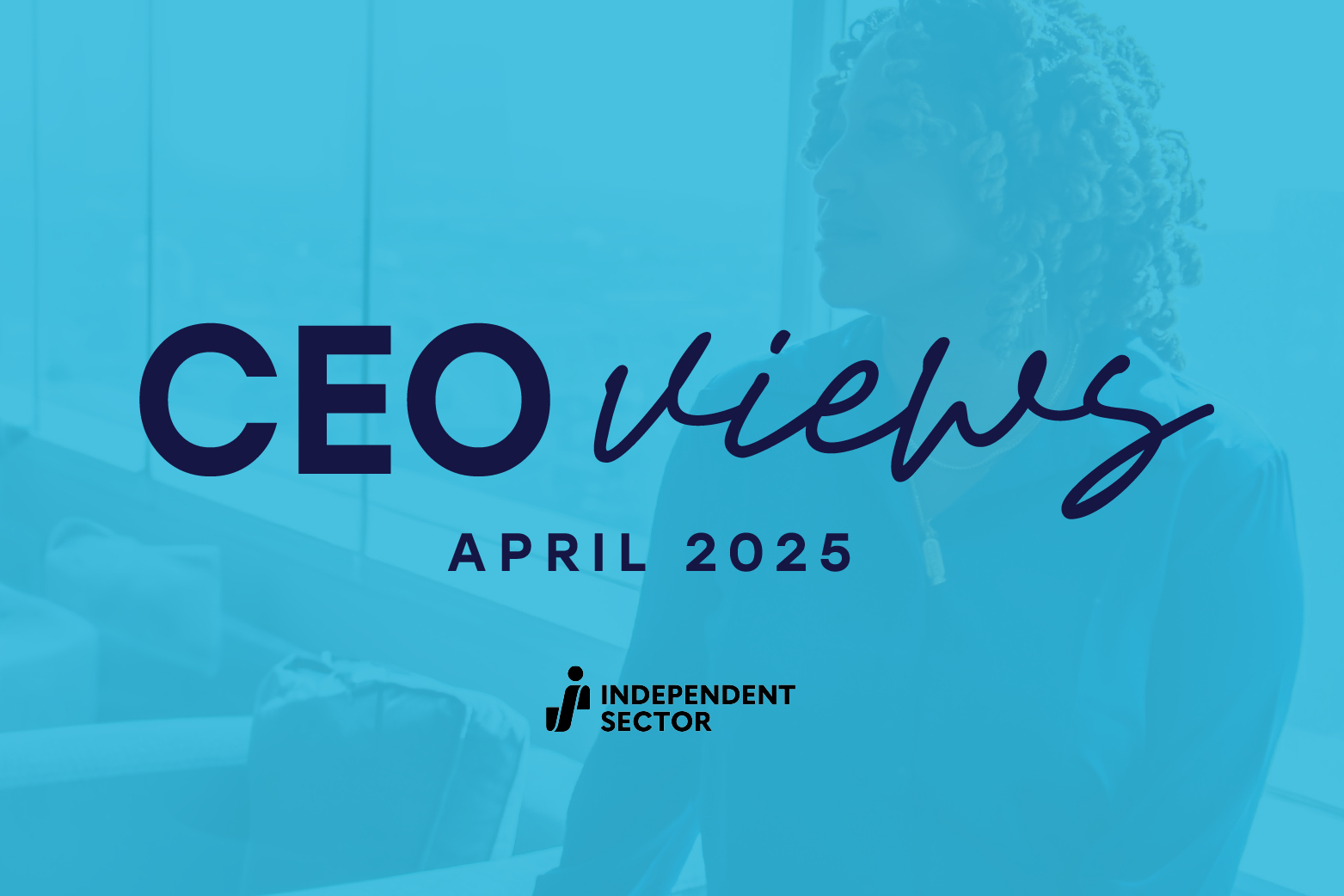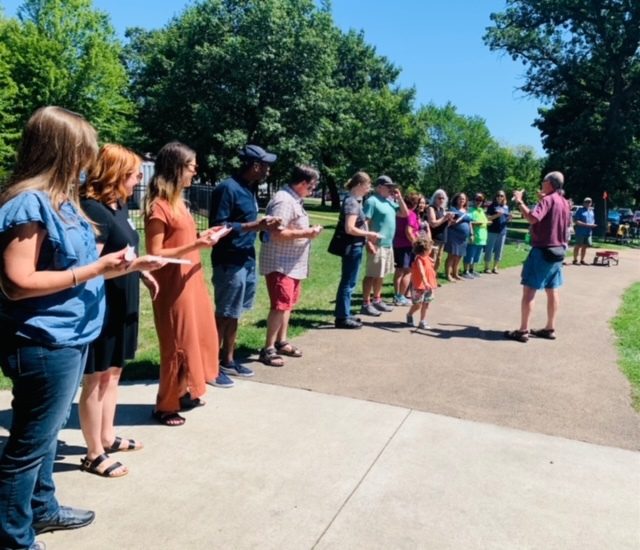Many nonprofits are experiencing challenges: increased demand, decreased funding, a strained workforce, and an unpredictable political climate. During difficult times, it is critical to tap every resource that is available to sustain the delivery of mission and operations. Though often overlooked, volunteers can be one of those resources, which is why Independent Sector recently adopted Strategic Volunteer Engagement as a focus area.
Benefits of Engaging Volunteers
There are many potential benefits to engaging volunteers. They can expand the nonprofit workforce as a complement to paid staff. They are more likely to donate to nonprofits than those who do not volunteer. They contribute to fundraising, increase awareness about nonprofits, and can be powerful advocates. Their involvement enhances nonprofit transparency by involving the community directly. As a result, volunteerism can enhance trust in nonprofits.
These benefits do not accrue just by having volunteers though. It is essential to engage those volunteers well. TCC Group, a consulting firm, found that nonprofits that had 50 or more volunteers and engaged those volunteers effectively were more likely to be more sustainable, adaptable, and better resourced. As nonprofit challenges mount, the strategic engagement of volunteers can be a valuable tool for leaders.
What Is Strategic Volunteer Engagement?
Strategic volunteer engagement (SVE) is the intentional engagement of volunteers as partners in advancing a nonprofit’s mission and operations. It means that nonprofit leaders invest time and resources in volunteerism. Nonprofits pursuing strategic volunteer engagement implement the following practices:
- Frame volunteer engagement as a core organizational strategy that enhances programs and operations.
- Include volunteer engagement in strategic planning efforts, senior leadership discussions, and board reports.
- Engage volunteers in meaningful work that meets a real organizational and/or community need.
- Staff and resource the volunteer engagement function with sufficient expertise, funding, technology, space, and tools.
- Report the results that volunteers make on the mission and community.
- Provide clear expectations and support for staff who partner with volunteers, including in their position descriptions, training, and performance evaluations.
These practices are not exhaustive. Rather, they provide a brief overview of the ways that nonprofit leaders can embrace volunteerism as an essential resource to meet the mission and sustain operations. Additional practices are available on Independent Sector’s SVE page.
Putting Strategic Volunteer Engagement Into Practice: An Arizona Pilot Project
Many nonprofits engage volunteers without considering how they might do so more intentionally. To help several organizations make that shift, Virginia G. Piper Charitable Trust, Burton Family Foundation, and an anonymous funder are supporting their nonprofit partners through the Arizona SVE Project — a nine-month pilot program that provides stipends, assessment, training, and coaching in SVE to six nonprofits.
The goal of the project is to provide these nonprofits with the resources and support to engage volunteers more strategically. More specifically, it will help them:
- increase program and service delivery through enhanced volunteer engagement.
- improve donor and volunteer engagement by cultivating connections between donors and volunteers and the staff who serve them.
- address a pressing problem or challenge that could benefit from volunteer involvement.
The nonprofits’ missions are diverse, including support for refugees, environmental stewardship, youth arts, LGBTQ+ youth, social services, and faith-based programs. Their budgets range from just over $1 million to $76 million. One is a certified Service Enterprise while another is at the beginning of its volunteer journey. What they all share is a commitment to improve their organizations by deepening their volunteer engagement strategies.
Arizona SVE Project in Action
To get started, each nonprofit identified a team of participants to ensure their work is supported at multiple levels of the organization. It includes an executive or senior leader, the volunteer director, a volunteer, and other staff such as program or fundraising team members. Next, each nonprofit completed a pre-assessment to provide a baseline of their SVE practices. The cohort then gathered in person for a kick-off training with a team of consultants in early 2025. Since then, the teams have participated in monthly virtual training and coaching to develop and implement a work plan that addresses their unique context and needs.
The SVE Project has required time and effort, but the teams are already seeing promising signs. As one participant shared about the project, “It helped us see more clearly that meaningful engagement goes beyond just filling roles. It’s about cultivating relationships, listening…and motivating the volunteers, and creating opportunities that align with both our mission and the volunteer’s sense of purpose.”
Coming Soon: Strategic Volunteer Engagement Lessons Learned
Another goal of the Arizona SVE Project is to capture lessons learned about SVE that may be useful to other nonprofits. For the next few months, in partnership with Independent Sector, I will highlight SVE concepts and the ways they contribute to nonprofit success. I’ll also share examples from the nonprofit participants, including their successes, challenges, and results.
Sue Carter Kahl, PhD is President of Sue Carter Kahl Consulting. Her work helps bridge the gap between research and practice in volunteer engagement.
Photo credit: Diva Plavalaguna on Pexels



